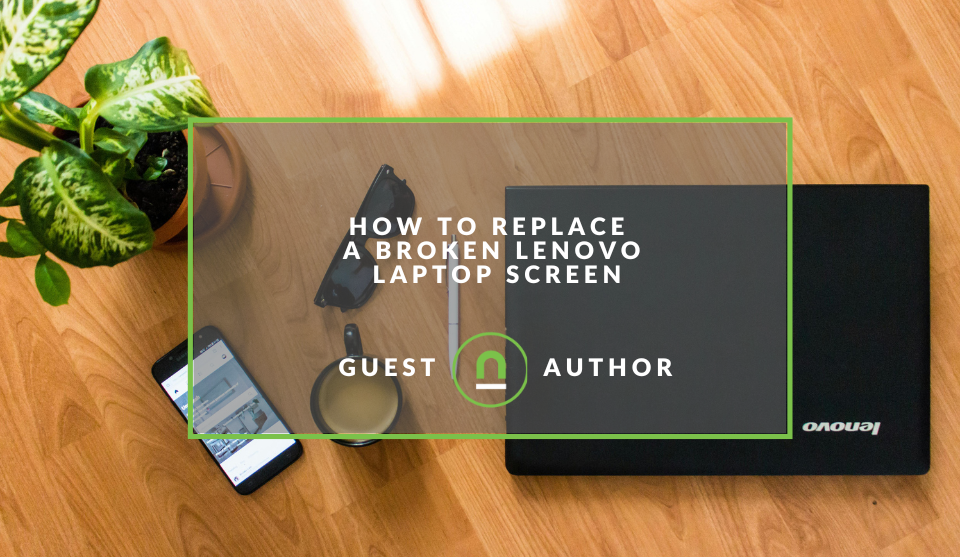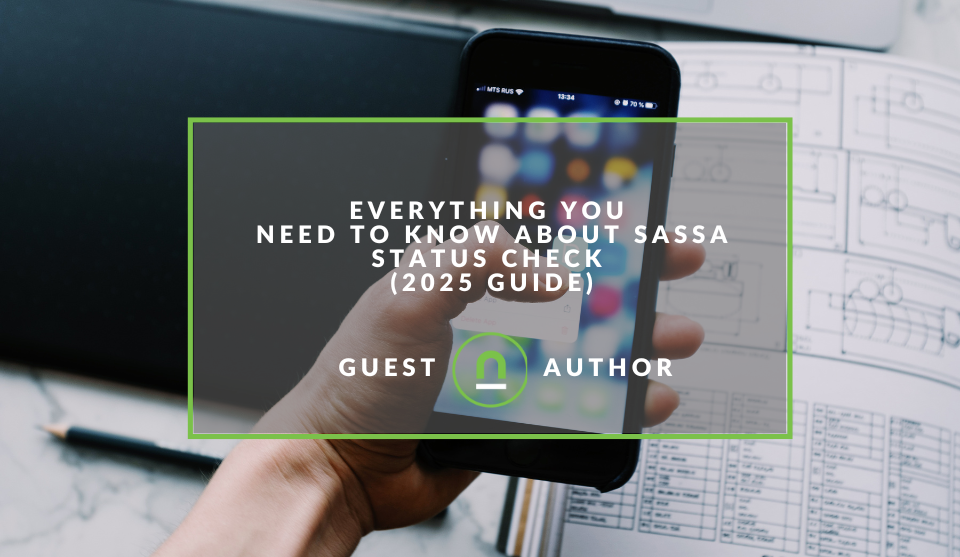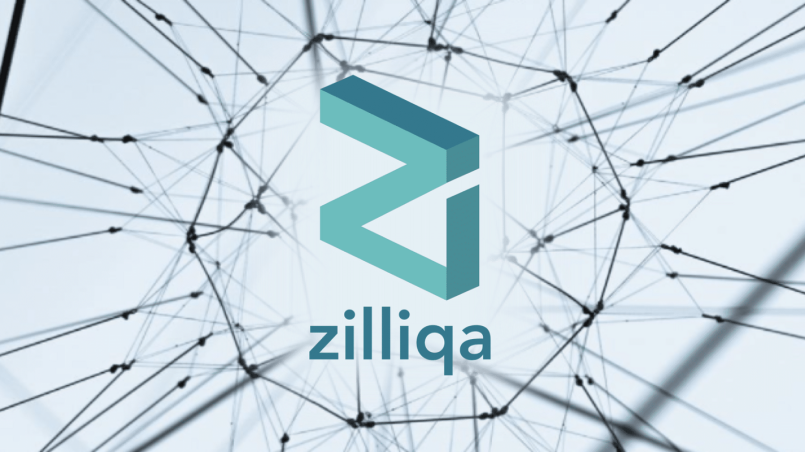Recent posts

Mind, Body & Soul
Do Not Whistle at Night: South Africas Strangest Superstitions
26 April 2025

Geek Chic
How to Replace A Broken Lenovo Laptop Screen
24 April 2025

Money Talks
Everything You Need to Know About SASSA Status Check
13 April 2025

Mind, Body & Soul
The Genetic Diversity of Cannabis Seeds
12 April 2025
Popular posts
Extravaganza
Trending Music Hashtags To Get Your Posts Noticed
24 August 2018
Geek Chic
How To Fix iPhone/iPad Only Charging In Certain Positions
05 July 2020
Extravaganza
Trending Wedding Hashtags To Get Your Posts Noticed
18 September 2018
Money Talks
How To Find Coupons & Vouchers Online In South Africa
28 March 2019
What is Zilliqa? (ZIL)
03 July 2018 | 0 comments | Posted by Che Kohler in Money Talks
Blockchain and cryptocurrencies have become the most popular technology sector over the last 2 years and with all this attention and focus on its massive potential and application to our current systems and ecosystems.
However, one issue has not been addressed and is what is holding back the progress of the tech, blockchain projects currently all suffer from what is called the scalability trilemma. The scalability trilemma is an issue plaguing all blockchain projects as they can only possess 2 of the 3 ideals in order to scale.
The trade-off is what currently holds back projects from achieving scale. In order to scale effectively, a blockchain needs to offer Decentralisation, Security, Scalability. A few blockchain projects are looking for alternative ways to achieve scale, Bitcoin is looking at implementing the lightning network, Ethereum is looking into sharding, NULS is looking at modular side chains while Cardano is looking to implement a variation on proof of stake.
While the way forward is being hotly contested more and more projects will claim they have a solution. One of these projects claiming to have the answer is Zilliqa a blockchain project focusing on scalability.
What is Zilliqa (ZIL)?
Zilliqa is a scalability-focused, blockchain-based payment processing and decentralized application (
Zilliqa is the first public blockchain designed to implement sharding, allowing for linear scaling as the blockchain grows in size. Zilliqa fundamentally changes how a blockchain reaches consensus.
Their sharding solution scales with the size of the network. Theoretically, there’s no limit to the number of transactions Zilliqa could process per second. Practically, however, depending on the number of nodes on the network, Zilliqa could process tens or hundreds of thousands of transactions per second. Unlike many other platforms in which transaction rates decrease as the network grows, Zilliqa transaction speeds will theoretically increase as the number of network nodes increases.
The network should ultimately be able to match the transaction processing speeds of VISA and MasterCard, according to the Zilliqa development team, but with lower fees and without relying on a centralized network.
Why should you pay attention to Zilliqa ?
Network
Network sharding refers to the process by which the network is broken up into subnetworks. The network sharding protocol uses a consensus algorithm called Proof of Work (PoW) to choose and continually update what is called a directory service committee (DS committee) and to carry out an identity validating process for nodes entering the network. The DS committee coordinates the sharding process and validates blocks of transactions proposed by shards.
Atomic Transaction Sharding
Zilliqa also uses what is called an atomic transaction sharding protocol, which means it allows transactions to be confirmed by the network in a final operation as if there were no sharding. This is done through Zilliqa’s “account-based design” in which transactions are sharded based on the accounts sending the transaction. This ensures the same shards can prevent double spending or replay exploits from a given account, while also allowing transaction commits to happen without cross-shard communication, which would make network communications slower and more costly.
The same mechanisms allow transactions to be processed at the same time as consensus processes of the blockchain.
Computational Sharding
The final way that Zilliqa uses a sharding process is through a computational sharding framework that allows resource-intensive
Computational sharding also allows users to specify the size of consensus groups that will compute subtasks for a given
Mining Incentives
When a node (AKA miner) successfully “mines” a transaction block, it is rewarded with newly created tokens. The final supply of tokens, called ZIL, will be 21 billion, with the block reward spread out over 10 years and decreasing with time. 80% of tokens will be mined in the first 4 years, with the remaining 20% spread over the next 6 years.
Token emission reductions will happen gradually. After 10 years, Zilliqa aims to have a network functioning at sufficient scale, with a stable and high enough token price to ensure that transaction fees will be able to sustain the network.
Scilla
The team behind Zilliqa have not only created a blockchain payment solution but in the process, they have created a new programming language: Scilla. The programming language separates state and function, drawing a clear distinction between functional contracts and state-independent contracts (unsupported by Zilliqa).
What is Zilliqa used for?
Zilliqa is a generic 2.0 based blockchain that will aim to support general transactions, act as a platform for dApps as well as supporting smart contacts. It aims to be an upgrade on the current Ethereum protocal having claimed to solve scalability and providing more bespoke features.
Can you mine Zilliqa?
In a way yes, Zilliqa will use a proof of consensus algorithms which combines aspects of Proof of work. It is
The Proof-of-Work section of the process is used to prove the identity of nodes, and once this is done a node is assigned a shard. Following this, the shard (600 nodes) finds consensus within itself to reach consensus for the
In short, Zilliqa will be minable using a GPU and miners will be rewarded for helping generate node identities.
Can you earn Zilliqa?
Mining
As mentioned previously a part of Zilliqa's algorithm requires proof of work and will require miners to support their network by supplying hashing power in return for rewards.
Trading
Zilliqa users can earn digital currency via exchanges. Users can earn coins by trading on different fiat and cryptocurrencies and take advantage of market fluctuations.
Where can you buy Zilliqa?
Zilliqa is listed on a few international cryptocurrency exchanges and is actively traded on websites like:
Binance Bitbns - BitForex
Bithumb - BitMart
Coinone - EtherDelta (ForkDelta)
fex - Gate.io
- GOPAX
- HitBTC
Hotbit
- Huobi
- IDEX
Koinex - Korbit
Kucoin - Kyber Network
- OKEx
- OOOBTC
- OTCBTC
- Radar Relay
Upbit - Zebpay
Should you invest in Zilliqa ?
Scalability will continue to be a problem for blockchain and distributed ledger technologies and Zilliqa is an important project that’s tackling scalability head-on. While the concepts they explore via this project could prove to be an important development in blockchain I don't see this project displacing Ethereum as the dApp and Smart contract blockchain of choice.
The larger cryptocurrencies will not simply be sitting around waiting for projects to disrupt them with Ethereum looking into adding sharding as well. Even with its multi-layered sharding solution that claims to only get faster with the growing size of the network, it would still need widespread adoption in order to compete.
They would need to sell their tech and show superior support for dApps as well as Smart contracts if they are to attract developers and businesses away from Ethereum and migrate them into the Zilliqa environment. That being said it's still one to watch for 2018 and into the new year. For more on Zilliqa check out their website
Contact us
If you want to know more about cryptocurrency don’t be shy we’re happy to assist. Simply contact us
Disclaimer: This article should not be taken as, and is not intended to provide any investment advice and is for educational purposes only. As of the time posting the writers may or may not have holdings in some of the coins or tokens they cover. Please conduct your own thorough research before investing in any cryptocurrency as all investments contain risk.
Tags: Cryptocurrency, blockchain
You might also like
Do Not Whistle at Night: South Africas Strangest Superstitions
26 April 2025
Posted by Julian Parker in Mind, Body & Soul
Discover South Africas most enduring superstitions, from midnight whistling to mirror placement and why these beliefs still shape everyday life for s...
Read moreThe Genetic Diversity of Cannabis Seeds
12 April 2025
Posted by Alina Jones in Mind, Body & Soul
A look into the South African heritage of cannabis growing and how the country has taken the plant in terms of growing it into a viable industry & th...
Read more{{comment.sUserName}}
{{comment.iDayLastEdit}} day ago
{{comment.iDayLastEdit}} days ago
 {{blogcategory.sCategoryName}}
{{blogcategory.sCategoryName}}
